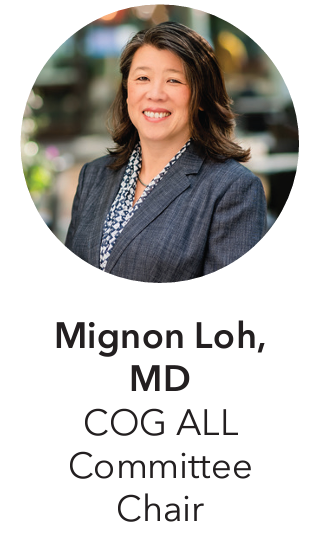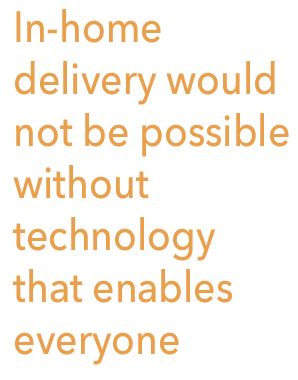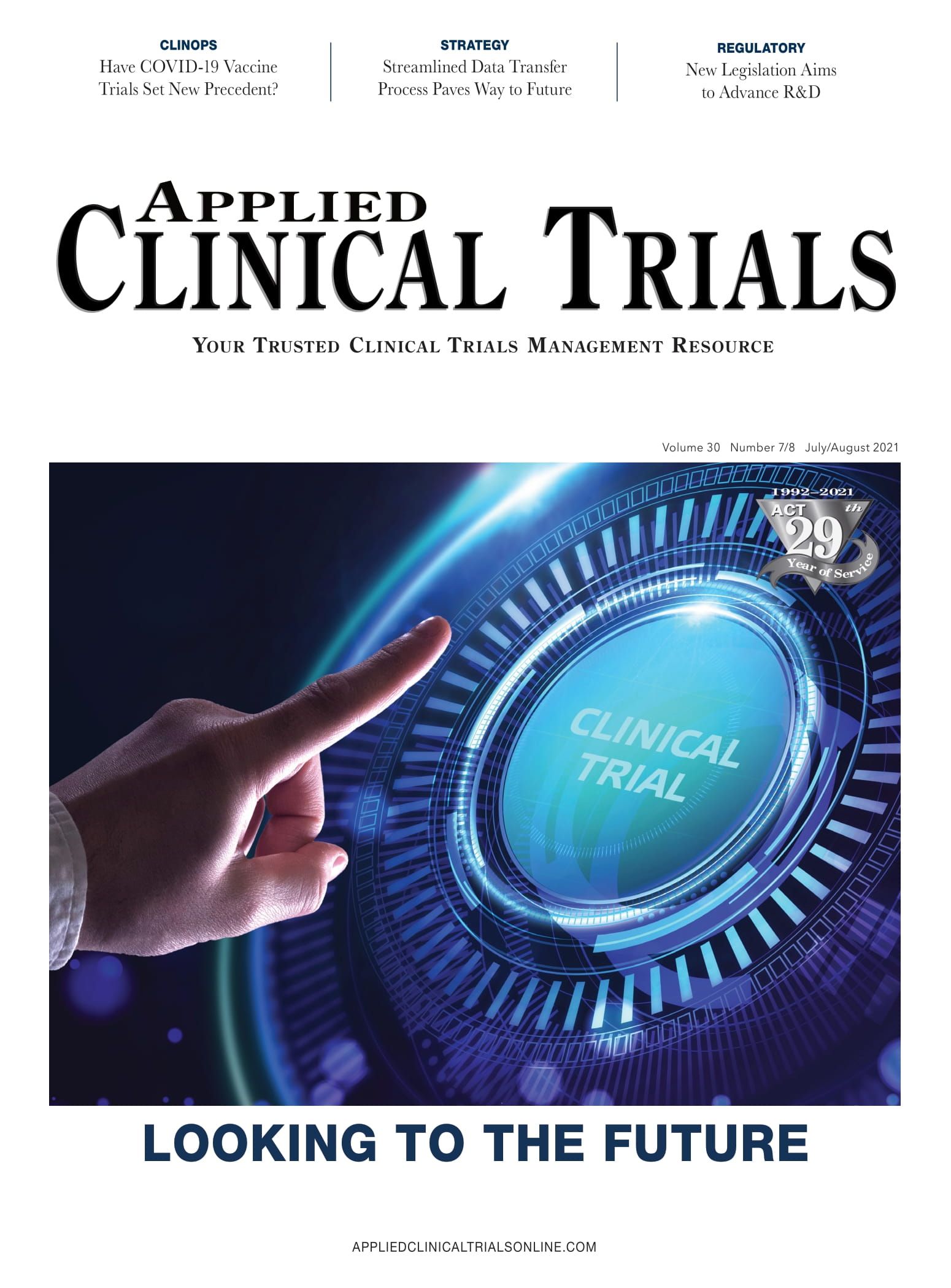Patient-Tested Practices for In-Home Trials
Bringing clinical trials to patients’ homes can address existing site-based challenges.


Those who have conducted pediatric oncology clinical trials know all too well that site-based treatment can create barriers that prevent patients from receiving potentially life-altering therapies.
Important financial, transportation and other social issues can affect parents’ ability to bring their immunocompromised children into research centers. Unaddressed, these issues can result in low enrollment and high dropout rates for clinical trials, delaying study completion and slowing the availability of promising therapies to more families.
Earlier this year, the Children’s Oncology Group (COG) and Signify Health set out on a mission to address some of these barriers by meeting pediatric patients where they are: in
the home.
We started this work by creating an in-home option for children diagnosed with B-cell acute lymphoblastic leukemia (B-ALL). B-ALL is the most common childhood cancer, representing 20% of diagnoses in children younger than 15 years old and the leading disease-related cause of death for children ages one to 19 years. Promising new therapies have the potential to alter the course of B-ALL progression, so removing barriers to clinical trial participation is a primary focus for researchers.
AALL1731 (NCT03914625) is sponsored by the National Cancer Institute (NCI) under a Cooperative Research and Development Agreement (CRADA) with Amgen, and is currently open at 195 U.S. COG sites. COG and Signify Health are partnering to make in-home infusion services available for patients who are randomized to receive blinatumomab on AALL1731 and who are unable to access outpatient pumps and homecare. Amgen has provided funding to NCI under the CRADA to help more pediatric patients receive blinatumomab at home.
We are delighted that after months of preparation, AALL1731 is now available on an in-home basis for eligible patients who choose it. Our experience may be instructive for other study sponsors and investigators considering making an in-home option available, and we thought it would be helpful to share insights around key areas of focus for our team.
Ensuring that the family is prepared
Having a stranger in the home and administering a potent drug to your child, can be a scary, overwhelming experience. So we put ourselves in the patient’s and families’ shoes, asking ourselves: What can we do to make this easier for the family? How can we make this less intimidating for the patient? What will make the patient as comfortable as possible? Ultimately, everyone involved in the clinical trial wants the families to know that we all care about the patient as much as they do.
We approached this challenge by designating one point of contact from Signify to answer all of the patient’s and family’s questions, be on call as often as necessary, proactively seeking their feedback after each visit, and coordinating all logistics with the clinician, the hospital and the researchers. This personalized approach makes the first visit that much easier.
Ensuring that the nurse clinician is prepared
Not only do the families need to be prepared, but the visiting nurse clinician also needs to have everything readily available to administer the therapy and follow the protocol. Our teams prepared a bag of everything that might be needed: tubing for infusions, various sizes of needles for blood draws, copious amounts of PPE, proper waste disposal (baggies, containers, etc.), even a thermometer—anything that would be readily available to healthcare workers in the hospital must be on hand for them in the home.

In-home delivery would also not be possible without technology that enables everyone—Signify, COG, the nurse clinician, and clinical coordinators—to communicate and coordinate. Clinical trial protocols and all of our in-home standard operating procedures (for example, what to do if the patient is not home, what to do if the patient has a high fever) are uploaded to an iPad that is kept with the materials. Any issues immediately trigger a call from the nurse clinician in the home to the patient’s managing physician to discuss the finding and next steps.
And of course, one of the many important considerations when delivering continuously infused medications at home for pediatric patients; given that there may be curious siblings running around the home, we placed a lock on the materials to ensure safe keeping.
Ensuring that the timing aligns
In clinical trials, timing is everything. For the AALL1731 trial, blinatumomab has a very short half life and thus must be delivered intravenously for 28 days, 24 hours per day. So when a patient is approved for discharge from the hospital, the visiting nurse clinician has a very small window of time that they can arrive at the patient’s home to initiate the treatment—they must hook up the patient within four hours of leaving the hospital. Once in the home, patient metrics are documented in real-time and then the nurse clinician is on call for the first 24 hours after a bag change to address any potential pump malfunctions.
Ensuring that the timing matches up at each touchpoint is no easy feat—and given that we do our best to send the same provider each time, it can be even more challenging. We have to prepare for all scenarios which require flawless logistics, streamlined technology and timely communications.
Bringing it all home
As in-home clinical trials become more commonplace, a critical component of their success will be the development of clear and forward-thinking plans for managing the clinical trial in the home setting. Our experience has shown us that by offering this easier way for patients to participate in clinical trials—for example by bringing clinical trials to them, in their homes—we can help bring new, life-saving therapies to patients around the world.
Marc Rothman, MD, CMO, Signify Health, Mignon Loh, MD, COG ALL Committee Chair

Improving Relationships and Diversifying the Site Selection Process
April 17th 2025In this episode of the Applied Clinical Trials Podcast, Liz Beatty, co-founder and chief strategy officer, Inato, discusses a number of topics around site engagement including community-based sites, the role of technology in improving site/sponsor relationships, how increased operational costs are impacting the industry, and more.
SCOPE Summit 2025: Enhancing the Patient Experience Through Site Centricity
February 12th 2025In an interview with ACT senior editor Andy Studna at SCOPE Summit, Ashley Davidson, vice president, product lead - sponsor tech strategy, Advarra, highlights the need for more site-centric approaches in study startup.